Revolutions in human lifestyle don’t happen very often. One that sticks out at the moment is the agricultural revolution that happened about 10,000 years ago, after which human life centered around farming. The next big one that comes to mind is the industrial revolution which started in the late 1700s. So that’s almost 10,000 years between those two, and here we are in the 21st century, only about 200 years past the dawn of industry, and we are already at the dawn of a global computational and communications revolution. What this means, with respect to the compounding nature of technological development building upon itself, is tremendous.
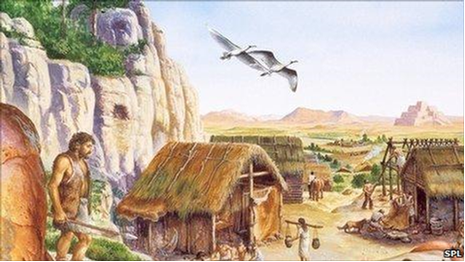
Structures that are synonymous with both the agricultural age and the industrial age have been very hierarchical in nature and due to the labor intensity involved with the production of resources, there have been numerous examples of the exploitation of the common man or woman. Persons with certain traits, including their exceptional talent for accumulating or preserving wealth and power, have risen to the top of such structures and in many cases deliberately influenced the governing bodies of humanity to prolong and sustain their advantageous perch above the masses.


Also, at the same time there have been numerous attempts by the common man and woman to shed themselves of institutions and persons deemed to be thieves of the common person’s labor and wealth. These attempts have often been bloody and tragic, and to date, I can’t think of an example that wasn’t eventually subverted by a new group of usurpers.
What I speak of is a new kind of revolution. It is one with both technological and social components. This revolution is fueled by mankind’s ability to love, to cooperate and to empathize with others across the globe, facilitated by the disruptive force of the internet. Especially in it’s ability to provide a point to congregate for the the outliers that do not bow to oppression.
We can expect that in the coming decades there may be more “technological” revolutions in rapid succession, so any predictions made as of this date may happen sooner than expected.
Survival is a gift that nature only provides to the truly innovative. The oppressors, the exploiters, the bureaucrats and anyone else who derives their income through methods that are questionable in their necessity or actual value are being put on notice. This coming age will not tolerate waste, and through non-violent means it will simply move past and leave behind all exposed relics that have lost touch with their raison d’etre.
At one time, there were ice-block pushers. That is, people who made their living by delivering ice to residences to keep food fresh. Then came refrigeration, and the ice-block pushers either got with the times and learned about refrigerators or they lost their income. This is going to happen a lot and it is a threat to anybody who is making a living by relying on societal structures or technologies that are long overdue for being shelved.
For now, here are some technologies that are sure to make some waves:
Distributed Monetary System / Bitcoin
There are many digital currencies, alt-coins and non-digital alternative currencies in existence today. I’m going to focus on the flagship cryptocurrency, bitcoin. Getting your head wrapped around how bitcoin works can be tougher than passing your senior year calculus. Fortunately, if you know how to use online banking then you can easily get your head wrapped around how to use bitcoin and fully enjoy the benefits of its existence. Over the last few years, since January of 2009 to be more exact, bitcoin has gone from being an obscure project for only the truly committed cypherpunk to a controversial topic of mainstream discussion. What is most fascinating about this is that while most discussions involving bitcoin surround issues relating to its application or speculative value, such as whether or not it is legal, or whether or not it is simply another “tulip-mania,” there really hasn’t been any doubt as to whether or not it actually works on a strictly technical level. For anyone who has gotten fed up with using the federal reserve’s play-money that arbitrarily gets printed or withheld based on politics, the future is already here for you. If you have any doubts about whether this currency is accepted or is in use, just look around on the internet. You can buy anything from gift cards, to mobile minutes, to gold and silver with bitcoin. Of course, being in it’s infancy, one will need to be creative at times when using bitcoin for everyday commerce. Most importantly for individuals, bitcoin provides a digital medium of exchange with global reach for those who wish to remain politically neutral, who do not want to implicitly support wars, state-perpetrated terrorism and other forms of questionable behavior carried out by governing bodies.

As the saying goes, you vote with your dollar. I would like to add that what kind of “dollar” you vote with, is equally if not more important. If you are a liberty purist, bitcoin is something you must get used to and learn to understand. Even if bitcoin does not survive in the long run, it is the flagship, pioneer and to-date most successful peer-to-peer crypto-currency in existence. Anything that comes later will be viewed with-respect-to, developed with elements of, or keeping in mind the lessons-learned from bitcoin.
Just make sure that you use strong passwords and understand that in the bitcoin world, there typically is not a 1-800 number to help you if you lose your money. For many, that is much more palatable than the fake security and guaranteed economic oppression that comes with using government issued currency.
As a last note, I would like to mention that there are two monopolies of power that government oppressors hold most dear. One is the monopoly over the use of deadly force. The other is the monopoly over the issuance, regulation and distribution of money.
The more people turn to and use alternative currencies, the closer society gets to abolishing tax-theft because taxation can easily reach degrees of complexity and unenforceability that are impossible to surmount.
Free / Open Computer Operating Systems
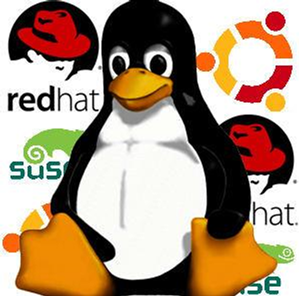
Going through the motions of everyday life, I have often paused to think about the degree of dependence that we have on computers. In many ways, computers have become an extension of the human mind.
It is important to realize that when choosing software, you are making a value decision. Are you allowing a company to be the gatekeeper between you and your data? Are you being tricked into using something that is “free” in exchange for providing your personal, private data for the market to buy?
There are two really bad villains that we must contend with in our day to day digital life. One is the company that charges you an arm and a leg for software, with which you then create data and are perhaps annually charged a ransom in the form of an “upgrade” to maintain access to your data.
The other villain, perhaps even more insidious, gives you something for free. They say “here, take this solution, please do use it. Isn’t it great? its free.” In this relationship the company providing the free stuff is actually the customer. You are the provider. You provide personal information, they give you a “free” service, and then sell your personal information to companies and governments.
Solution: Use Free Software, sometimes called “open-source” software.
When you use a linux based computer operating system and free software (“free as in freedom, not free beer” - Richard Stallman), you will never need permission from a gatekeeper to access your data ever again.
I personally use the Ubuntu distribution of linux. I have used linux exclusively for the last few years and I haven’t found a challenge that I couldn’t overcome.
Learning to use Linux is tough and its rough but its getting easier these days. As is often the case, freedom takes work, intelligence and persistence. In this coming revolution, access to your data and data privacy is everything. Stop using software that holds your data ransom and stop subscribing to websites that put all of your personal information on the market for ANYONE to buy.
Distributed Internet
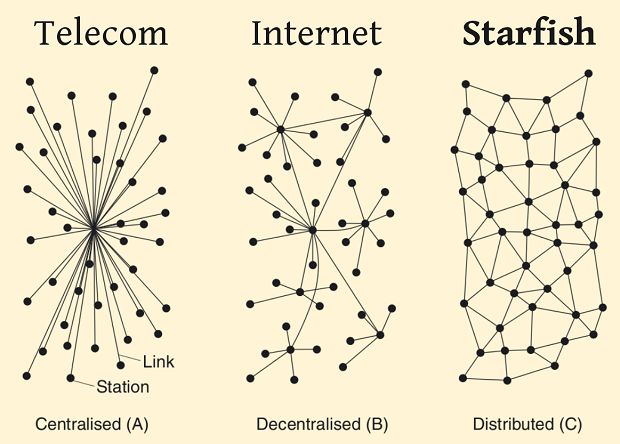
I stole this image from http://cleverdeveloper.com/blog/?p=111
The images above say it all. The one on the far right is clearly more robust and more difficult for any single entity to control. Keeping the internet free is perhaps the most important aspect going forward.
The only reason why we are even talking about any kind of revolution is the internet. All of these ideas, concepts and technologies would never leave the basements, garages and barns where they were hatched if it wasn’t for the internet. Now we are hearing more and more about internet taxes, intellectual property related censorship and most recently, we have the NSA officially spying on its enemy, which apparently includes the American people, who pay for the NSA (See section on “Distributed Monetary System / Bitcoin” for more information about how to stop funding your oppressors).

When looking at the image above, one sees the telecom model, where everything goes back to a single point. We live in the age of the “internet” which is marked above in the middle, and the “Starfish, which is a term I haven’t heard much with regards to network architecture, is the epitome of a free network. Wireless access points (WAP) such as the Engenius EOC-1650 make it cheap and easy to bridge to other WAPs in the local area. Coupled with a highly directional antenna, these cheap and simple devices can have a range of several miles.
The missing piece here is monetary incentive. The current model where an internet service provider (ISP) channels traffic in a locally centralized fashion has obvious monetary incentives. They are the gatekeeper. They invest in equipment and mediums such as fiber optics to build a network. Sometimes consumers have choices, and sometimes they don’t because in a lot of cases government “franchises,” or geographical monopolies are in play.
If developers could develop a routing protocol that uses a digital currency such as bitcoin to make packet forwarding decisions based on a node’s neighboring nodes and their immediate market price for passing data, the idea of a distributed internet could really take off. Below, I will envision a scenario of what that might look like.
Let’s say that a distributed, crypto-currency incentivised network exists over in Town A. Remember that some people still pay for internet access and channel traffic through to the official “internet,” and other pay bitcoin to holders of connections to the official “internet.” Traffic that routes to another destination on the distributed network doesn’t get routed to the internet, it stays on the distributed network. In some cases a packet may originate in a distributed network area, route to the internet, and then route back to a distributed network somewhere else in the world. Meanwhile each node is only concerned with the nodes in their immediate proximity. When traffic comes its way, a node may forward the packet, charging a price that pays for the next hop and based on market conditions, may in fact net a profit. If market conditions don’t meet the needs to pass the packet along, it will simply be dropped. Users of this network will develop their own level of reliability and speed based on what they are willing to pay for traffic. Here is another scenario about how a network like this could grow. Going back to the distributed network in Town A. Imagine that there is another distributed network in Town B. Lets say that an entrepreneurial individual in Town A gets the idea to create a bridge to traffic to Town B. That individual will then meet with someone in Town B and they will agree to set up a pair of nodes with high powered amplifiers and directional antennas pointed at each other. Once set up, traffic will be allowed to pass through this link and they may recoup their investment capital and perhaps even generate an income. If they do not keep up with demand, or if someone else catches on to the same idea, a second pair of nodes may connect Town A and Town B. Now the bandwidth consumers in either town have a choice of which bridge to use, and emergent competition will bring prices down to what is called “perfect competition” in economic terms. The materializing of an idea like this could mean many opportunities for small-time entrepreneurs and cheap, reliable, uncensored internet to consumers.
Free / Open Hardware
For those who don’t know, the idea of “free and open” relates to issues of intellectual property. “Closed” means that the creator of content or a design or invention chooses to restrict the use of their creation via legal means such as patents and copyright. “Free and open” means that the creator provides his or her work to the general public with no restrictions except that it cannot be used or made part of another creation that is then closed to free and open use. Many are familiar with this being applied to movies, music and software, but it might seem odd to some, that this also applies to hardware and other physical inventions. An example of open hardware is the Arduino microcontroller. Microcontrollers such as these can be used by do-it-yourselfers to create all kinds of fascinating solutions and inventions. They typically work by having input pins that are connected to some kind of sensors and output pins that are connected to actuators. Using a relatively simple programming language, users can program these devices to control switches, relays, lights and just about anything imaginable. In addition to the basic functionality included in the board, there is a whole universe of interfaces, sensors and other instruments including GPS that can be used to solve all sorts of problems. This is an integral part of the current revolution because this pushes the ability to design complex systems to the average person, without having expensive manufacturing equipment or any need to produce a product in high volume. Complex and comprehensive control systems can be designed at a relatively low cost and replicated or modified in the future due to the modularity of the components. Open source hardware is already being used to solve problems. Information about open source automobiles can be found at the Wikispeed project. Aerial and ground drones which can be created from scratch or bought pre-built can be found at diydrones.com. Arduino controlled aquaponics micro-gardening systems can be found at kijanigrows.com. These are just starting points to spark some curiosity. Also be sure to check out the endless catalog of items at Sparkfun Electronics (sparkfun.com).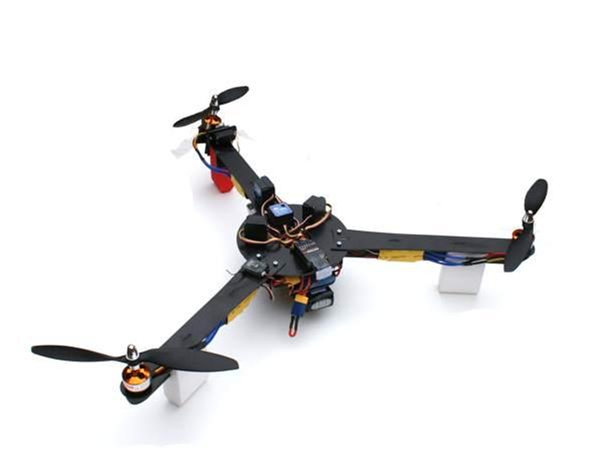
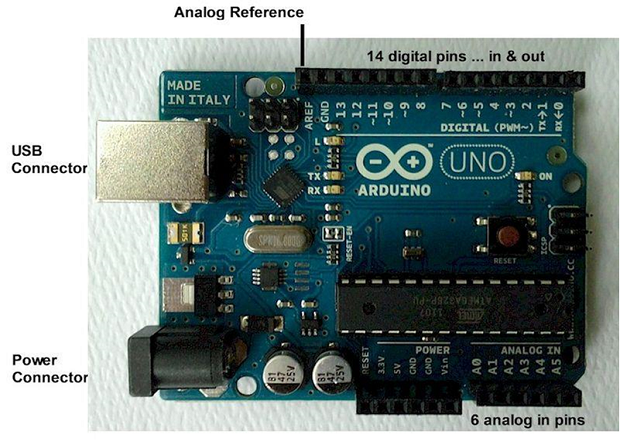
Maker Movement / 3D Scanning, 3D Printing, CNC Machining
The maker movement could perhaps be seen as the tip of the spear in relation the current revolution. Generally speaking, this includes all sorts of DIY hobbyists and in many cases entrepreneurs that are forging the path towards new inventions and technologies. The maker culture embodies all of the technologies previously mentioned in this piece, applying them in fascinating new and clever ways. Taking computational and communications technology to the physical world has serious implications. If seeing the development of the world accelerate after the introduction of the internet is fascinating, the implications of taking that same communications and computational ability and applying it to the physical world around us is startling, to say the least. We already live in a world where this is happening, but what will it be like when it is widespread. A key example of the power of combining some of these technologies is Defense Distributed. CAD drawings of many weapon systems were accumulated in an online repository, the idea being that anyone with the CAD file and an automated manufacturing operation could produce weapons. While there are still many challenges to producing a reliable firearm from a typical 3D printer, the acceleration of technology going forward will make that look easy in a short time to be sure. One factor to consider in learning about these technologies is the concept of additive vs. subtractive manufacturing. Typical manufacturing techniques are subtractive, that is, you start with a lump or a blob of raw material, and then carve out the final product from that larger mass. Additive manufacturing is the process of starting with nothing, and then in a precise way, adding the material particle by particle until the object takes on its final form. Currently, additive manufacturing is done with plastics but the range of materials is expanding and already includes metals, however machines that can 3D print metals are expensive and uncommon at this point.

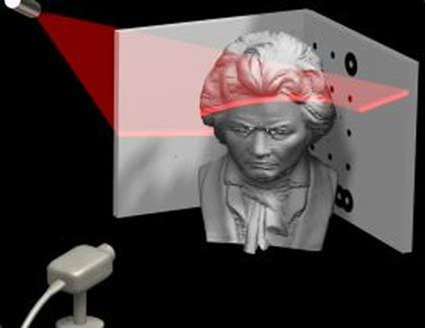
John Mikesell is a r3VOLutionary activist. You can visit his website OrdinaryActivism.Com


